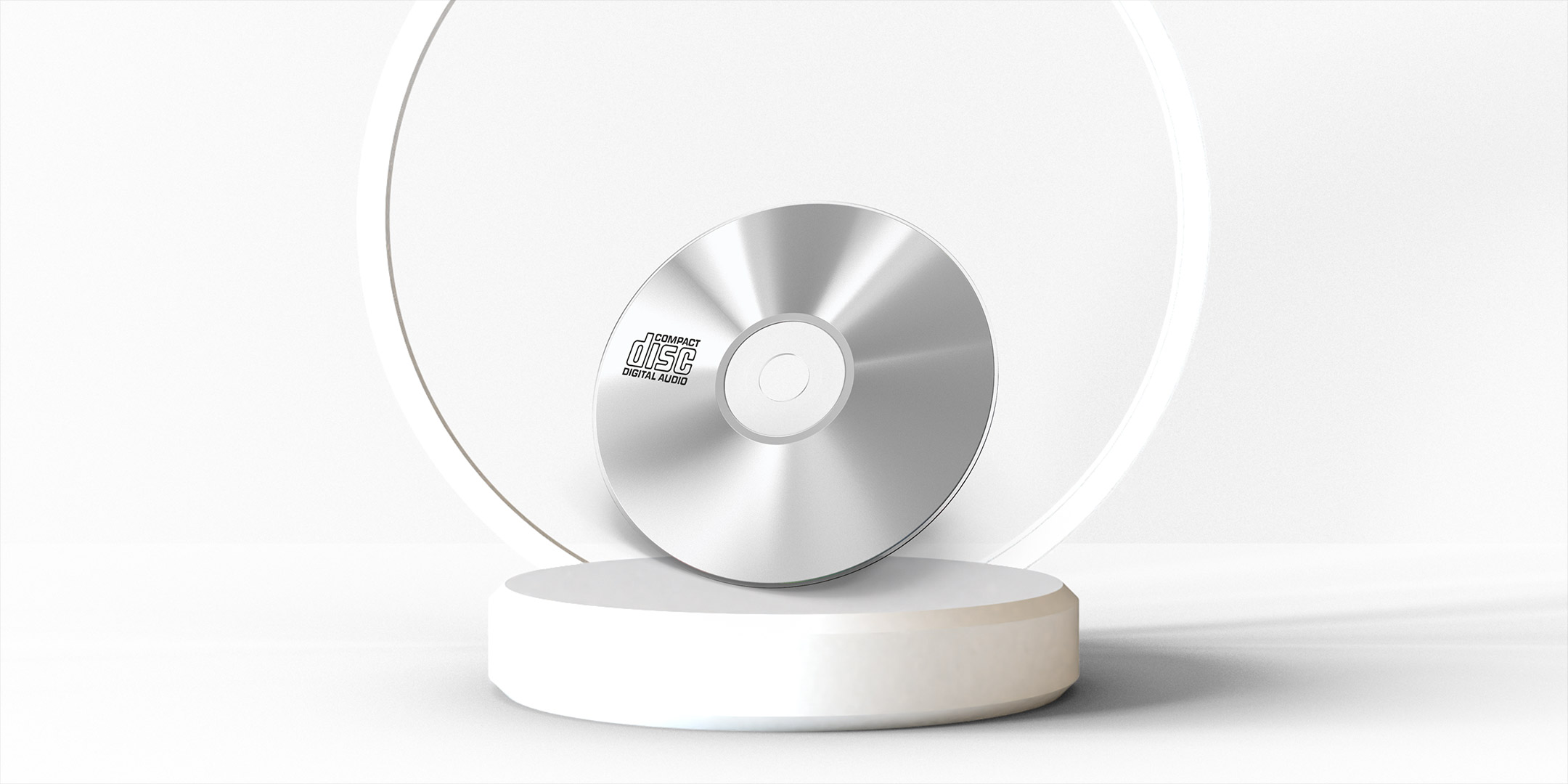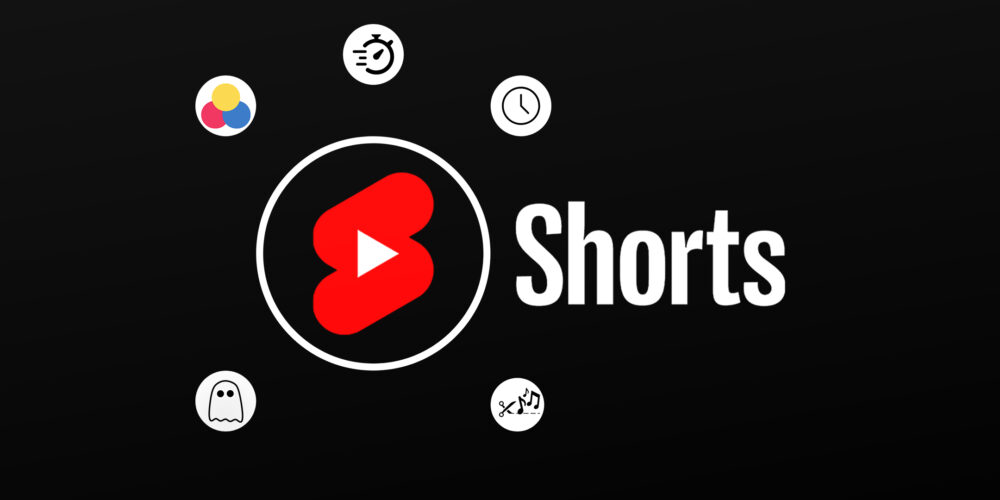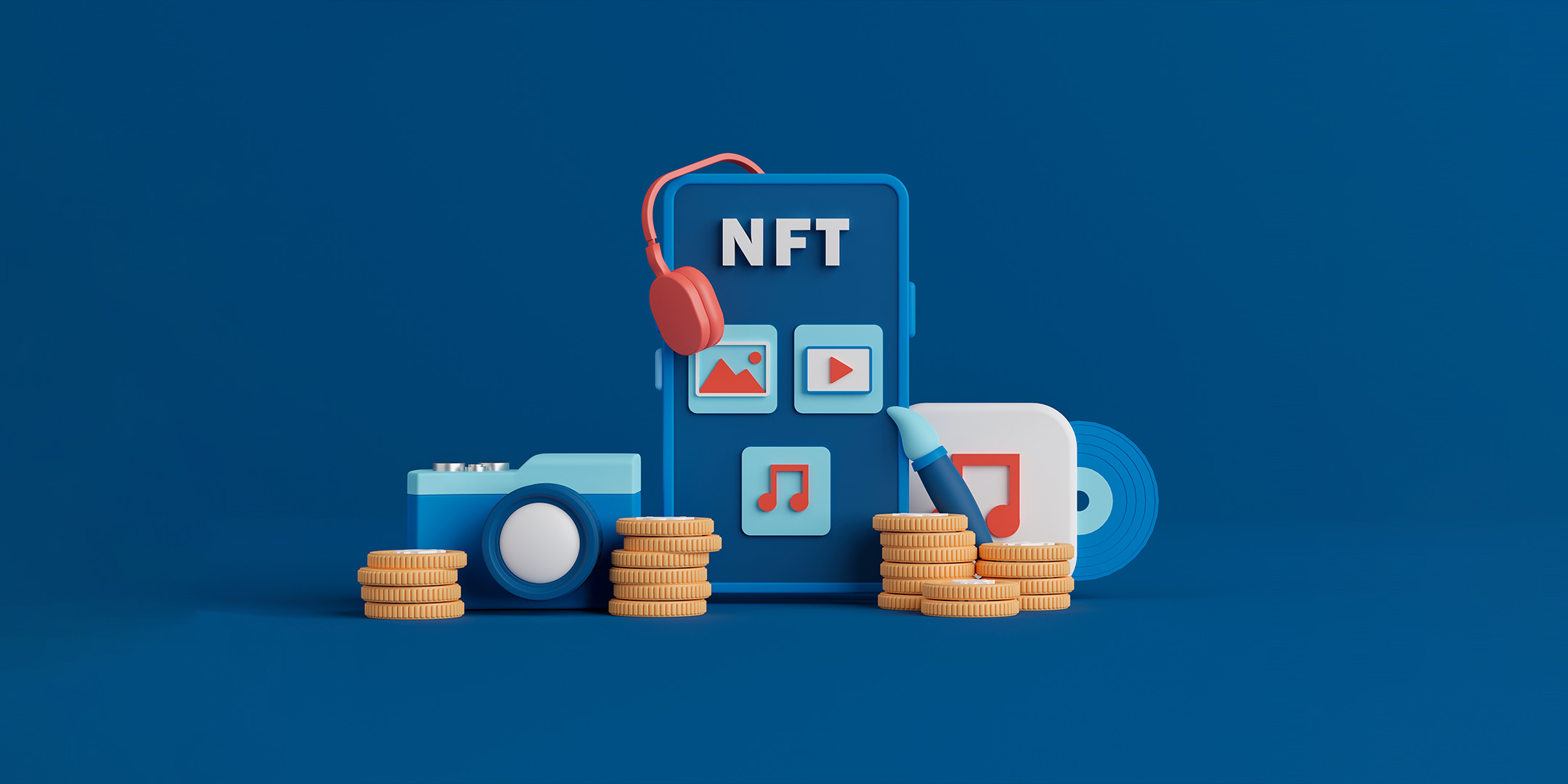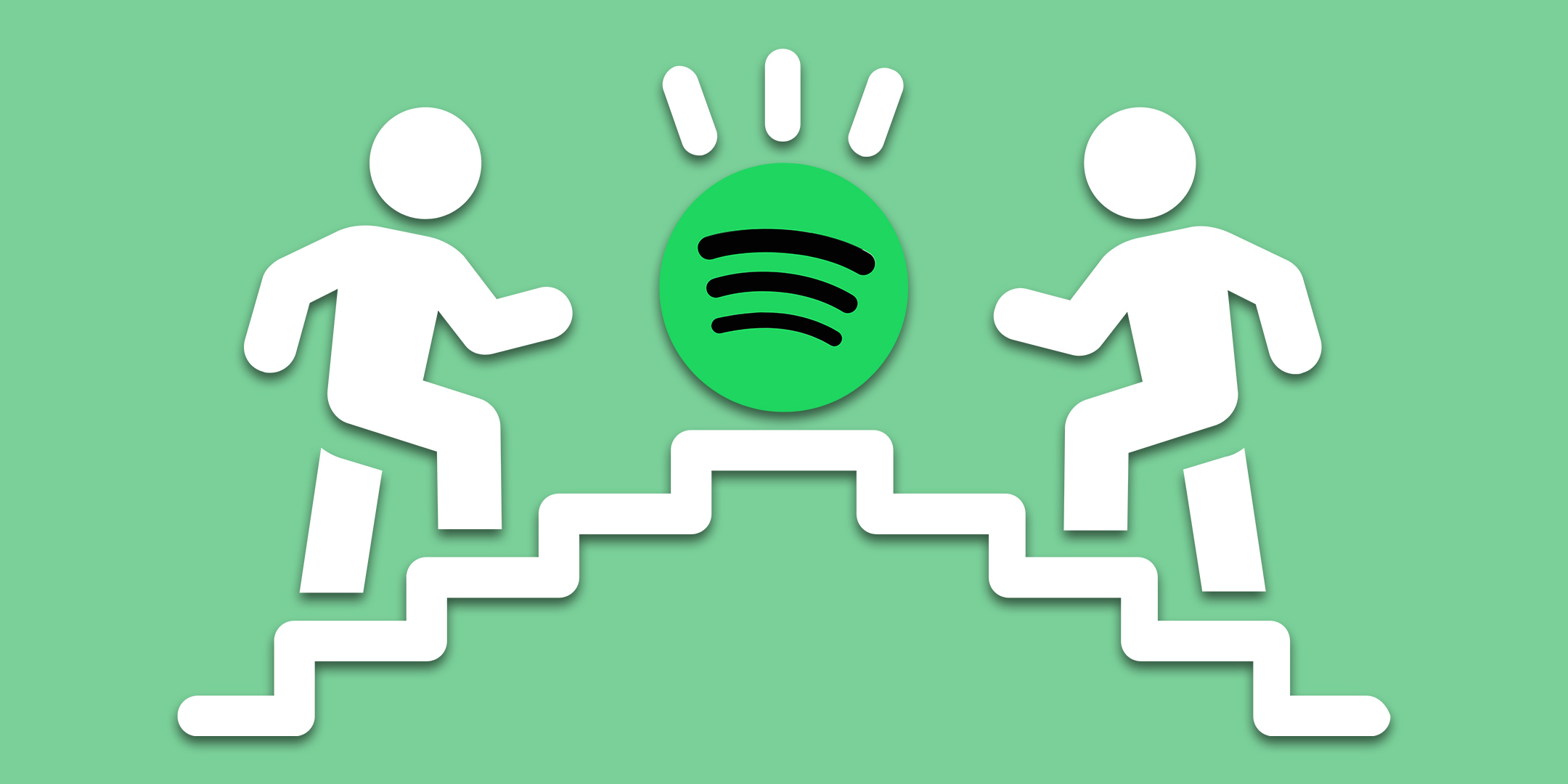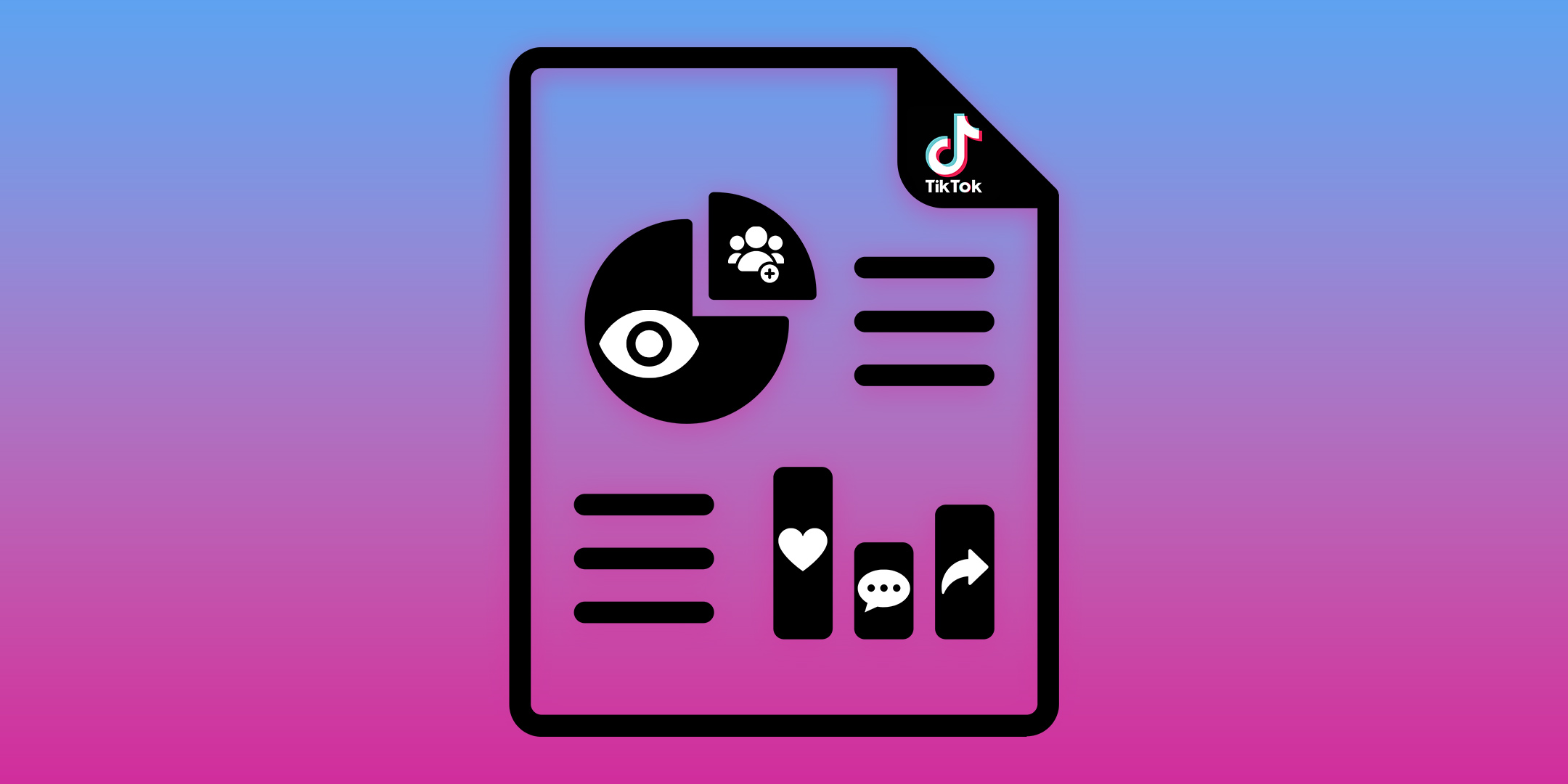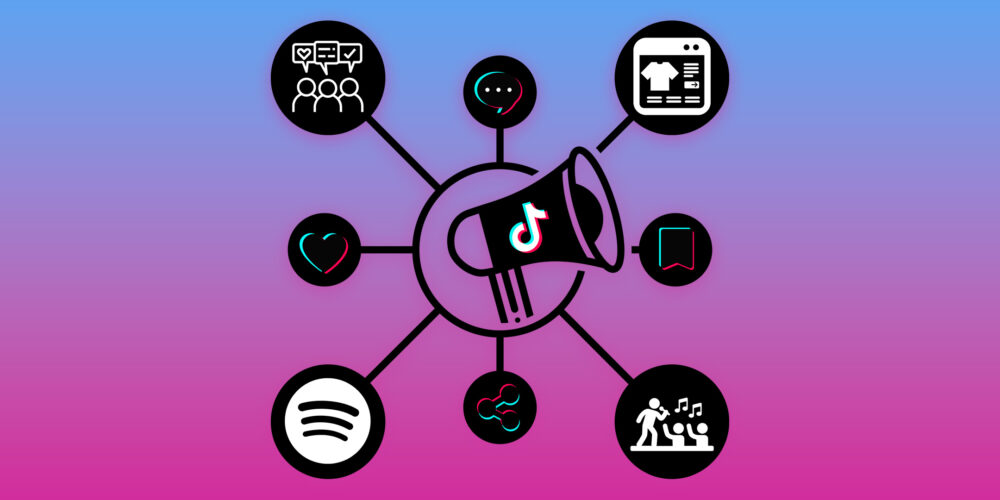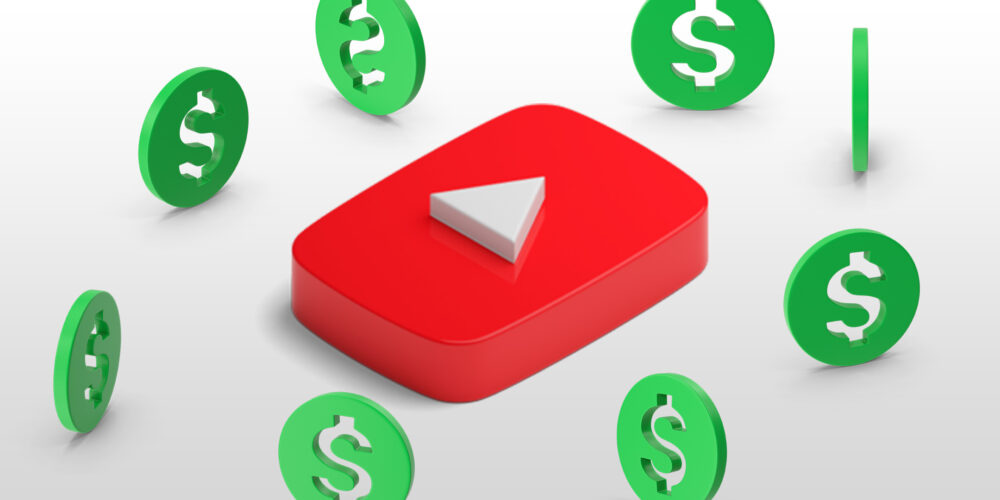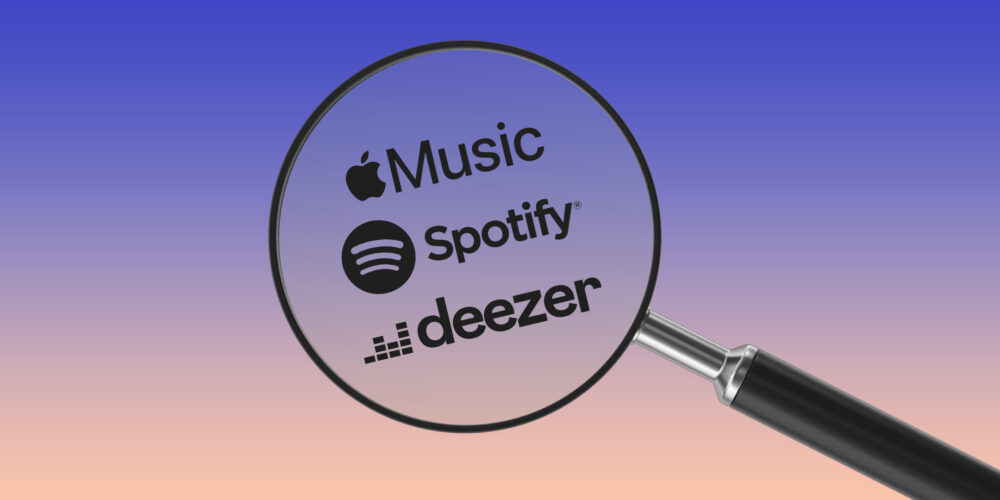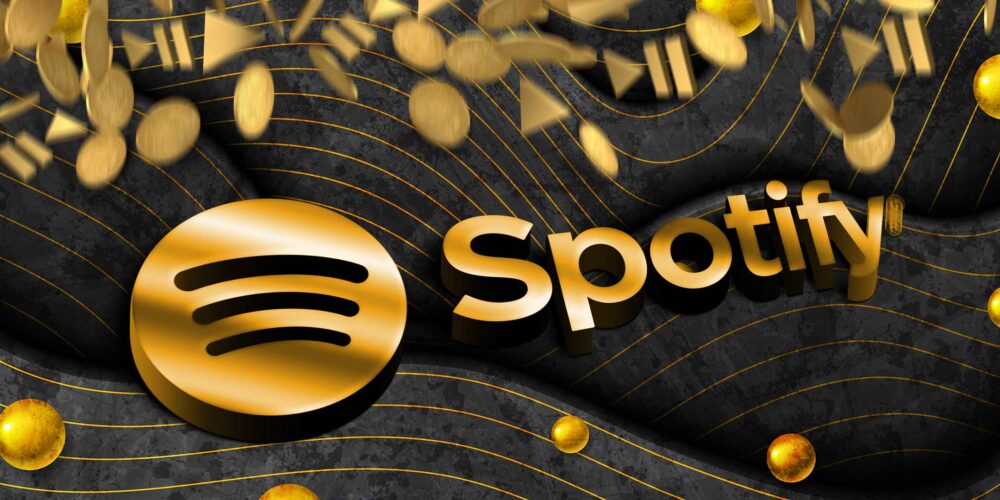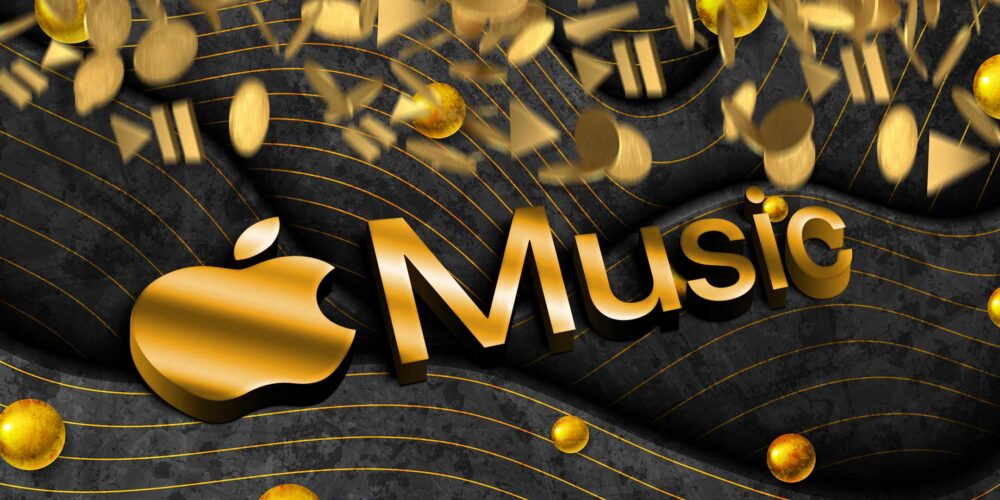What you'll learn in this post:
- How much you get on average per stream on Spotify
- In how many countries you get more than 2,000 USD per million streams
- In which countries you get the most
- The exact PPS of 133 countries including comparison with our last evaluation
Spotify regularly emphasizes that it is not possible to give a number that is paid out per stream. This is true in that it changes from month to month, is different for each country and each subscription type. iGroove nevertheless regularly analyzes how high this is per country using the figures available to us to provide guidance. The analysis shows which markets are more lucrative and in which you (still) need more streams to get on a green branch.
As with Apple Music and Deezer, the figures are based on data from iGroove customers over the last 6 months. We calculated an average value for 133 countries; we did not include nearly 50 countries because we did not have enough data. We have the original data in euros, which we have converted into USD (1 euro = 1.054 USD).
If you had exactly the same number of streams from all the countries examined, this would result in 1,686 dollars per million streams. In our last evaluation, this figure was still $2,355, but Spotify has expanded into numerous new markets since then, and many of them are also included in this evaluation. If we only compare the 94 countries that were already included in the last evaluation, the PPS is $2,104. The fact that the PPS is also down here can be explained primarily by the change in the exchange rate.
Only a few countries over $2,000
Of the 133 countries analyzed, 59 receive less than $1,000 per million streams. These include large markets such as India, Argentina, Egypt, the Philippines, Indonesia and Turkey.
Only 33 countries exceed the 2,000 mark, so exactly 100 remain below this threshold, including numerous European and all Latin American and African countries.
Europe dominates the top 10
The top 10 are almost unchanged from last time, but the positions have changed. South Korea, the only non-European country in the top 10, is no longer at the top, but little Iceland is, and with a decent lead. It is followed almost equally by Switzerland, Finland and the UK. These four countries plus Norway, Ireland and Denmark are also the only ones to achieve more than $5,000 per million.
The winners
The PPS grew the most in Kuwait, Brazil, new leader Iceland, Argentina, El Salvador, Jordan, Mongolia and Honduras.
The losers
The PPS fell the most in South Korea, but the figure there was also extremely high at 15,000 in the last evaluation, and it now seems to have settled at a still high $4,960. In contrast, the declines in India (-24%) and Turkey (-20%), whose low PPS falls even further into the bottomless pit due to inflation, are eye-catching.
English-speaking countries in comparison
There were no major shifts among the six English-speaking countries since our last analysis. Australia and New Zealand lost a little, while for the other countries the PPS remained more or less unchanged. The UK and Ireland continue to have by far the highest PPS, while New Zealand, the U.S. and Australia are all roughly in the same range, and Canada is clearly bringing up the rear.
| United Kingdom | 5,588.34 |
| Ireland | 5,218.89 |
| New Zealand | 4,234.58 |
| United States | 4,090.58 |
| Australia | 3,792.69 |
| Canada | 2,955.36 |
The PPS of 133 countries in comparison
Below you can find the complete list with all 133 evaluated countries. For each country, you can see the PPS and the extrapolation of how much you get per million streams. In addition, you can see how high the amount for one million streams was in our last evaluation and how this has changed in percentage terms since then. The table can be sorted in any order.
All figures in USD / Status May 2022
| Country | PPS | Per Million Streams | Analysis 2021 | Change % |
| Iceland | 0.006720546665 | 6,720.55 | 5,461.35 | 23.06 |
| Switzerland | 0.005659355953 | 5,659.36 | 5,377.06 | 5.25 |
| Finland | 0.005602475455 | 5,602.48 | 5,414.59 | 3.47 |
| United Kingdom | 0.005588334639 | 5,588.33 | 5,821.53 | -4.01 |
| Norway | 0.005452830966 | 5,452.83 | 5,459.8 | -0.13 |
| Ireland | 0.005218885897 | 5,218.89 | 5,369.9 | -2.81 |
| Denmark | 0.005180540406 | 5,180.54 | 5,491.26 | -5.66 |
| South Korea | 0.004960180629 | 4,960.18 | 17,860.39 | -72.23 |
| Sweden | 0.004927994837 | 4,927.99 | 4,955.35 | -0.55 |
| Liechtenstein | 0.004837441922 | 4,837.44 | 5,004.60 | -3.34 |
| Luxembourg | 0.004265006881 | 4,265.01 | 4,629.69 | -7.88 |
| New Zealand | 0.004234577650 | 4,234.58 | 4,820.44 | -12.15 |
| United States | 0.004090580811 | 4,090.58 | 3,974.47 | 2.92 |
| Monaco | 0.004007260035 | 4,007.26 | 5,436.28 | -26.29 |
| Netherlands | 0.003982036224 | 3,982.04 | 4,357.45 | -8.62 |
| Australia | 0.003792686423 | 3,792.69 | 4,227.9 | -10.29 |
| Germany | 0.003581544747 | 3,581.54 | 3,816.47 | -6.16 |
| Austria | 0.003531029715 | 3,531.03 | 4,114.99 | -14.19 |
| Japan | 0.003338315903 | 3,338.32 | 3,740.73 | -10.76 |
| Belgium | 0.003300478820 | 3,300.48 | 3,486.42 | -5.33 |
| Israel | 0.003292331384 | 3,292.33 | 3,297.39 | -0.15 |
| Andorra | 0.003261273047 | 3,261.27 | 4,431.16 | -26.40 |
| France | 0.003132308129 | 3,132.31 | 3,516.62 | -10.93 |
| Canada | 0.002955355118 | 2,955.36 | 2,998.74 | -1.45 |
| Estonia | 0.002782821532 | 2,782.82 | 3,038.78 | -8.42 |
| Hong Kong | 0.002692263750 | 2,692.26 | 3,247.28 | -17.09 |
| Cyprus | 0.002537209134 | 2,537.21 | 3,304.56 | -23.22 |
| Singapore | 0.002507536342 | 2,507.54 | 2,509.76 | -0.09 |
| Malta | 0.002295668714 | 2,295.67 | 2,836.12 | -19.06 |
| Italy | 0.002238441777 | 2,238.44 | 2,272.50 | -1.50 |
| United Arab Emirates | 0.002205896726 | 2,205.90 | 2,420.19 | -8.85 |
| Czech Republic | 0.002184549680 | 2,184.55 | 2,331.51 | -6.30 |
| Spain | 0.002084659943 | 2,084.66 | 2,396.31 | -13.01 |
| Lithuania | 0.001984387505 | 1,984.39 | 2,173.60 | -8.71 |
| Hungary | 0.001981528876 | 1,981.53 | 2,003.15 | -1.08 |
| Slovakia | 0.001938906057 | 1,938.91 | 1,976.40 | -1.90 |
| Kuwait | 0.001924362977 | 1,924.36 | 1,510.40 | 27.41 |
| Latvia | 0.001866884770 | 1,866.88 | 1,,846.18 | 1.12 |
| Uruguay | 0.001866227905 | 1,866.23 | 1,893.75 | -1.45 |
| Macao | 0.001844647994 | 1,844.65 | | |
| Qatar | 0.001827513637 | 1,827.51 | 1,800.29 | 1.51 |
| Greece | 0.001763311528 | 1,763.31 | 2,052.02 | -14.07 |
| Costa Rica | 0.001757243512 | 1,757.24 | 1,702.51 | 3.21 |
| Panama | 0.001692497612 | 1,692.50 | 1,625.48 | 4.12 |
| Dominican Republic | 0.001684356878 | 1,684.36 | 1,635.27 | 3.00 |
| Portugal | 0.001663008286 | 1,663.01 | 1,881.23 | -11.60 |
| South Africa | 0.001638678866 | 1,638.68 | 1,702.14 | -3.73 |
| Oman | 0.001631156122 | 1,631.16 | 1,758.74 | -7.25 |
| Lebanon | 0.001609849698 | 1,609.85 | 1,742.74 | -7.63 |
| Romania | 0.001595650013 | 1,595.65 | 1,986.7 | -19.68 |
| Taiwan | 0.001575541372 | 1,575.54 | 1,472.44 | 7.00 |
| Maldives | 0.001566534741 | 1,566.53 | | |
| Bulgaria | 0.001545696923 | 1,545.70 | 1,611.74 | -4.10 |
| Bahrain | 0.001483755621 | 1,483.76 | 1,707.07 | -13.08 |
| Brazil | 0.001430003996 | 1,430.00 | 1,150.22 | 24.32 |
| Curaçao | 0.001393291730 | 1,393.29 | | |
| Poland | 0.001383955077 | 1,383.96 | 1,521.36 | -9.03 |
| Ecuador | 0.001363108595 | 1,363.11 | 1,433.26 | -4.89 |
| El Salvador | 0.001308846030 | 1,308.85 | 1,085.58 | 20.57 |
| Croatia | 0.001304378182 | 1,304.38 | 1,431.80 | -8.90 |
| Honduras | 0.001247742605 | 1,247.74 | 1,110.14 | 12.40 |
| Saudi Arabia | 0.001228145074 | 1,228.15 | 1,507.44 | -18.53 |
| Nicaragua | 0.001201279778 | 1,201.28 | 1,204.23 | -0.24 |
| Slovenia | 0.001185979568 | 1,185.98 | 1,265.91 | -6.31 |
| Mozambique | 0.001179230486 | 1,179.23 | | |
| Chile | 0.001169713713 | 1,169.71 | 1,113.74 | 5.02 |
| Brunei | 0.001159864533 | 1,159.86 | | |
| Thailand | 0.001148506591 | 1,148.51 | 1,158.88 | -0.90 |
| Mexico | 0.001146058119 | 1,146.06 | 1,235.81 | -7.26 |
| Vietnam | 0.001125677326 | 1,125.68 | 1,177.86 | -4.43 |
| Malaysia | 0.001078441228 | 1,078.44 | 1,232.39 | -12.49 |
| Guatemala | 0.001039620732 | 1,039.62 | 1,047.8 | -0.78 |
| Jordan | 0.001001383654 | 1,001.38 | 837.29 | 19.60 |
| Egypt | 0.000914291189 | 914.29 | 928.25 | -1.50 |
| Palestine | 0.000910030399 | 910.03 | 874.40 | 4.07 |
| Georgia | 0.000901949360 | 901.95 | | |
| Serbia | 0.000884788175 | 884.79 | 973.64 | -9.13 |
| Namibia | 0.000883649587 | 883.65 | | |
| Mauritania | 0.000870295864 | 870.30 | | |
| Peru | 0.000869565713 | 869.57 | 1,120.54 | -22.40 |
| Ukraine | 0.000863877374 | 863.88 | 838.78 | 2.99 |
| Argentina | 0.000860761663 | 860.76 | 702.84 | 22.47 |
| Bolivia | 0.000845283772 | 845.28 | 831.14 | 1.70 |
| India | 0.000841795884 | 841.80 | 1,254.88 | -32.91 |
| Colombia | 0.000832950598 | 832.95 | 943.89 | -11.75 |
| Guyana | 0.000813055349 | 813.055 | | |
| Trinidad and Tobago | 0.000791404025 | 791.40 | | |
| Philippines | 0.000783388995 | 783.39 | 802.70 | -2.41 |
| Sri Lanka | 0.000773574944 | 773.57 | | |
| Zambia | 0.000771994787 | 771.99 | | |
| Montenegro | 0.000771305589 | 771.31 | 795.94 | -3.10 |
| Moldova | 0.000731437933 | 731.44 | 962.34 | -23.99 |
| Venezuela | 0.000724084099 | 724.08 | | |
| Paraguay | 0.000723420086 | 723.42 | 743.66 | -2.72 |
| Mongolia | 0.000720960105 | 720.96 | 621.69 | 15.97 |
| Jamaica | 0.000719531445 | 719.53 | | |
| Macedonia | 0.000717735973 | 717.74 | 706.00 | 1.66 |
| Bahamas | 0.000708508636 | 708.51 | | |
| Ghana | 0.000693016102 | 693.02 | | |
| Kazakhstan | 0.000675139988 | 675.14 | 621.29 | 8.67 |
| Bosnia and Herzegovina | 0.000668011299 | 668.01 | 639.88 | 4.40 |
| Morocco | 0.000657849204 | 657.85 | 759.19 | -13.35 |
| Russia | 0.000652625318 | 652.63 | 642.06 | 1.65 |
| Armenia | 0.000641179820 | 641.18 | | |
| Belarus | 0.000633163964 | 633.16 | 668.33 | -5.26 |
| Barbados | 0.000630279359 | 630.28 | | |
| Tunisia | 0.000628968978 | 628.97 | 662.12 | -5.01 |
| Algeria | 0.000628723125 | 628.72 | 661.77 | -4.99 |
| Fiji | 0.000600090786 | 600.09 | | |
| Azerbaijan | 0.000599217679 | 599.22 | 621.91 | -3.65 |
| Albania | 0.000582277898 | 582.28 | 611.09 | -4.71 |
| Belize | 0.000575759634 | 575.76 | | |
| Kenya | 0.000574922730 | 574.92 | | |
| Tanzania | 0.000574851409 | 574.85 | | |
| Indonesia | 0.000566541816 | 566.54 | 728.43 | -22.22 |
| Uganda | 0.000549421411 | 549.42 | | |
| Pakistan | 0.000544101766 | 544.10 | | |
| Cambodia | 0.000540556464 | 540.56 | | |
| Mauritius | 0.000538797513 | 538.80 | | |
| Botswana | 0.000537324839 | 537.32 | | |
| Senegal | 0.000525482416 | 525.48 | | |
| Kyrgyzstan | 0.000449929675 | 449.93 | | |
| Côte d'Ivoire | 0.000439394037 | 439.39 | | |
| Turkey | 0.000418031834 | 418.032 | 594.28 | -29.66 |
| Uzbekistan | 0.000417325344 | 417.33 | | |
| Zimbabwe | 0.000404133895 | 404.13 | | |
| Nigeria | 0.000398074205 | 398.07 | | |
| Bangladesh | 0.000355267410 | 355.27 | | |
| Swaziland | 0.000299050086 | 299.05 | | |
| Bhutan | 0.000287683527 | 287.68 | | |
| Rwanda | 0.000286348660 | 286.35 | | |
| Nepal | 0.000269796298 | 269.80 | | |
| Iraq | 0.000184539397 | 184.54 | | |
